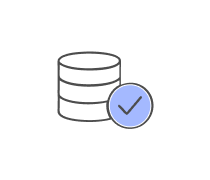Unit 6 Introduction To Databases Part 1
- ISO/IEC 2382
- ACM CCS
2.
You may optionally provide this to label your report, leaderboard, or certificate.
×
Thank you for your feedback!
















